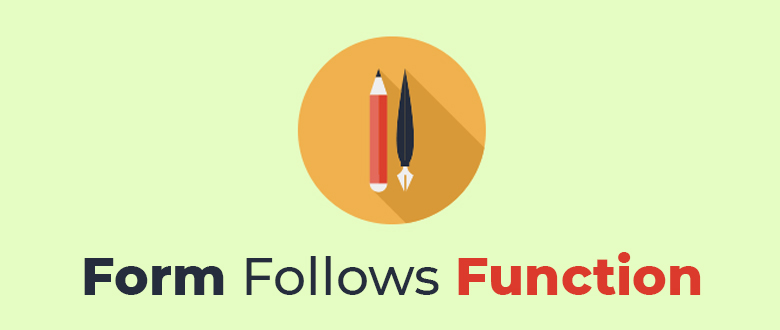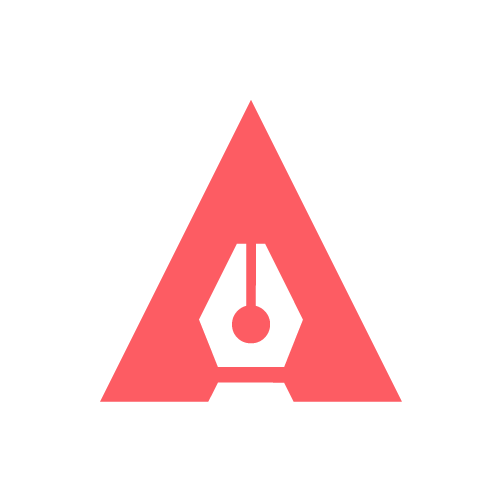Function Principle Of Design

A good grasp of design theory will mean there is always substance behind your work.
The key principles of design are: contrast, hierarchy, alignment, balance, proximity, repetition, simplicity and function.
Whatever work you produce be it for a magazine, poster, website or advertisement, the principles of design should be considered.
A good designer will keep these principles and guidelines in their toolkit and will consciously use them to develop their ideas.
Lets have a closer look at the function design principle:
Function
Function is the consideration of the main objective for a piece of graphic work and how well a design is explored and executed to meet that end.
The ultimate goal of any graphic design is to communicate and make an impression, but what’s equally important is that the right impression is made and the intended outcome is achieved.
Graphic design is the unity of two opposing forces: artistic expression and practical application. These two forces will always be at odds with each other in your mind. When you can harness these two forces together in harmony then you can create great visual communication.
When we create a piece of graphic design more often than not there will be a specific requirement that will have to be fulfilled. Depending on the complexity of the task that could be one or many requirements. In design one typically gets that requirement in the form of a brief from a client, either written or verbally. Before a designer starts any piece of work there is key information that will need to be understood. This will ensure that a designer is put in the best position to produce the right creative solution.
A good and thorough brief will include at least three key things:
- An overview
- Requirements
- Intended Outcome
The Overview should introduce the idea of the project and what exactly the design is intended for. The overview should clearly highlight the target audience the client wishes to address with any other relevant information which may be of importance.
The requirements will outline exactly what will be needed creatively across print and digital media. This could be anything from a printed poster, a brochure, to a website.
The intended outcome should clearly state what the client hopes to achieve with the graphic work i.e. how he/she wants people to respond to the work and how he/she wants people to think, feel or act.
A brief may go as far as to suggest what is required visually, a particular style or colour scheme to be used or typeface. A brief may be creatively limiting or open to exploration. A brief will set out all the challenges and boundaries a designer will have to deal with in order to create the right solution. It will be the details outlined in the brief that will influence the creative solution. If a design fails to deliver on what the brief asks then it fails in its function. This is where form versus function often comes into play.
For beginners it is easily assumed that simplistic practical design might not be good or interesting so form (how good something looks) may be seen as a priority. However in professional design it is understood that form follows function and therefore priority should always be given to function over form (how good something looks).
During research, development and design, one must always take into account the ‘function‘ of the design.
One of the most important things you can do is understand your audience and the required goal. Considering language, colour and layout will enable you to communicate well and engage with a particular audience to encourage the intended result. As a rule you can always ask yourself the question: Why am I using that colour? Why am I using that typeface? Why am I arranging my elements in this way? Why am I using these shapes, photos and so on? Is it adding anything to the piece of design or is it distracting, misleading? Always ask yourself why and have a good rationale for each decision.
In design one should always try and avoid the appearance of having made arbitrary decisions. If noticeable, this can devalue a piece of work. However limited a brief or however creative a brief, whatever is done, remember to keep in mind the function and be sure it delivers on its function. A good designer will always strive to achieve a harmony in beauty and function.
When you look at design ask yourself, how well does it function? Does it get across the intended message? Could it be more striking? How clear is the message? And how clear is the design? Is there anything you would do to change the design? And what impression does it make on you?
Source: Gareth David
